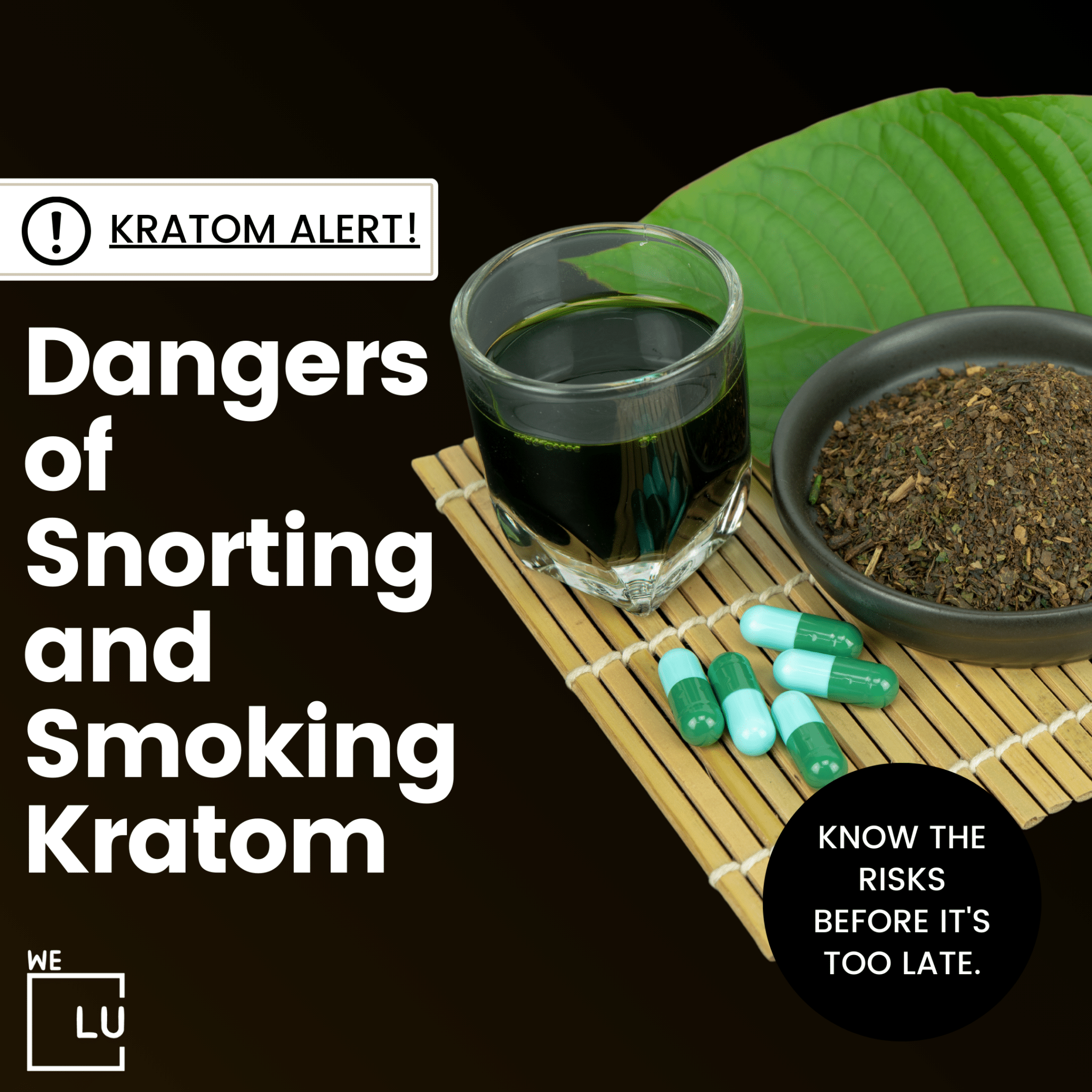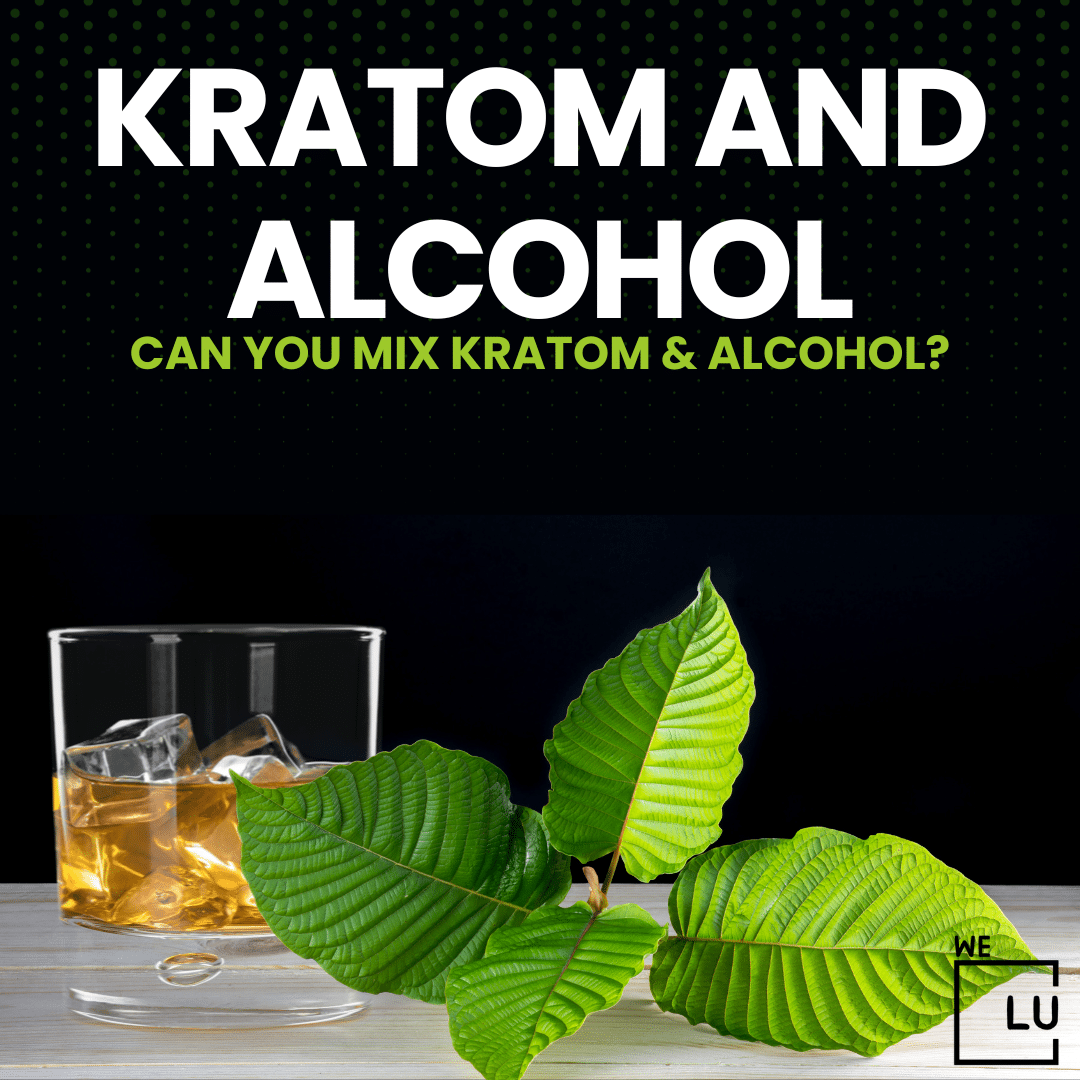Oxycodone Side Effects
Oxycodone is a powerful opioid pain medication used to manage moderate to severe pain. Like all medications, oxycodone can have side effects. It’s important to note that not everyone will experience these side effects, and their severity can vary.
Common side effects of oxycodone include:
- Nausea and Vomiting: Many people may experience nausea when taking oxycodone. This side effect can sometimes be mitigated by taking the medication with food.
- Constipation: Opioids, including oxycodone, can slow down the digestive system, leading to constipation. Adequate fluid intake, dietary fiber, and regular exercise can help alleviate this side effect.
- Dizziness or Lightheadedness: Oxycodone can cause drowsiness, dizziness, or lightheadedness. It’s essential to avoid activities that require alertness, such as driving or operating heavy machinery, until you know how the medication affects you.
- Drowsiness: Many opioids, including oxycodone, can cause drowsiness. This effect may be more pronounced when combined with other medications or substances that have a sedative effect.
- Itching: Some individuals may experience itching or a rash as a side effect of oxycodone. If severe, this should be reported to a healthcare provider.
- Dry Mouth: Opioids can cause dry mouth, which may contribute to dental issues. Staying hydrated and practicing good oral hygiene can help alleviate this symptom.
- Sweating: Excessive sweating or flushing may occur in some individuals taking oxycodone.
- Headache: Headaches can be a side effect of oxycodone use.
Severe Side Effects Of Oxycodone
- Difficulty Breathing: Opioids can depress the respiratory system, and severe respiratory depression can be life-threatening.
- Chest Pain or Discomfort: This could be a sign of a serious heart-related issue.
- Severe Dizziness or Fainting: This may indicate low blood pressure.
- Seizures: While rare, some individuals may experience seizures.
- Allergic Reactions: Symptoms can include rash, itching, swelling, severe dizziness, or difficulty breathing.
Use oxycodone only as prescribed by a healthcare professional and to communicate any concerning symptoms to your healthcare provider promptly. Misuse of opioids can lead to addiction, overdose, and other serious health consequences.
Short-term Oxycodone Side Effects
Short-term use of oxycodone can lead to various side effects, and these effects can vary from person to person. Some common short-term side effects of oxycodone include:
- Nausea and Vomiting: Many people may experience nausea and, in some cases, vomiting shortly after taking oxycodone.
- Drowsiness: Oxycodone can cause drowsiness or sedation, impairing your ability to concentrate or perform certain tasks.
- Constipation: Opioids, including oxycodone, often cause constipation due to their effect on the digestive system.
- Dizziness or Lightheadedness: Some individuals may feel dizzy or lightheaded when taking oxycodone.
- Itching: Itchiness or a skin rash can be a side effect of oxycodone in some people.
- Headache: Headaches are a possible short-term side effect of oxycodone use.
- Dry Mouth: Oxycodone can lead to a dry sensation in the mouth.
- Sweating: Excessive sweating or flushing may occur in some individuals.

Skip To:
Learn More:
- Oxycodone Vs Oxycontin. What Is The Difference And Similarities?
- Oxycodone and Hydrocodone, Side Effects, Forms, Dosages, Differences & Interactions
- How Long Does Oxycodone Stay In Your System?
- How long do opiates stay in your system? Specifics, Addiction, Drug Processing & Treatment
- Opiate Withdrawal, Effects, Causes, Symptoms, Diagnosis, Complications, Detox & Treatments
Long-Term Oxycodone Side Effects
Long-term use of oxycodone, like other opioids, can lead to a range of potential side effects, and it may pose additional risks beyond those associated with short-term use. It’s important to note that the decision to use opioids for an extended period should be carefully considered and closely monitored by a healthcare professional. Here are some potential long-term side effects and risks associated with oxycodone use:
- Tolerance: Over time, the body may tolerate oxycodone, requiring higher doses to achieve the same pain-relieving effects. This can increase the risk of overdose and other adverse effects.
- Physical Dependence: Prolonged use of opioids can lead to physical dependence, where the body adapts to the presence of the drug, and withdrawal symptoms may occur if the medication is suddenly stopped.
- Addiction: Long-term use of opioids, including oxycodone, can lead to addiction in some individuals. Addiction is characterized by a compulsive need to use the drug despite negative consequences.
- Respiratory Depression: Opioids can depress the respiratory system, especially at higher doses. Long-term use can be particularly concerning, increasing the risk of respiratory issues.
- Gastrointestinal Issues: Chronic opioid use is associated with persistent constipation and other gastrointestinal problems.
- Cognitive Effects: Prolonged opioid use may impact cognitive function, including attention and memory, in some individuals.
- Hormonal Changes: Opioids can affect hormone levels in the body, potentially leading to issues such as sexual dysfunction and mood changes.
- Immunosuppression: Long-term opioid use may have immunosuppressive effects, potentially affecting the body’s ability to fight infections.
- Increased Sensitivity to Pain: Some individuals on long-term opioids may experience increased sensitivity to pain, a phenomenon known as opioid-induced hyperalgesia.
- Social and Functional Impairment: Chronic opioid use can interfere with daily functioning, work, and relationships, contributing to a decline in overall quality of life.
Individuals on long-term opioid therapy should have regular follow-up appointments with their healthcare provider to assess the ongoing need for the medication, manage potential side effects, and explore alternative pain management strategies. Abrupt discontinuation of opioids, especially after long-term use, should be done under the guidance of a healthcare professional to minimize withdrawal symptoms and other risks. If you are prescribed oxycodone or any other opioid, communicate openly with your healthcare provider about your pain levels, concerns, and any side effects you may be experiencing.

Get Your Life Back
Find Hope & Recovery. Get Safe Comfortable Detox, Addiction Rehab & Dual Diagnosis High-Quality Care.
Hotline (855) 695-1160
What Is Oxycodone?
Oxycodone is a potent opioid analgesic, meaning it is a medication primarily used for the management of pain. It belongs to the class of drugs known as opioids or narcotics. Oxycodone is derived from thebaine, an alkaloid found in the opium poppy plant. It is a semi-synthetic opioid, meaning it is synthesized from compounds extracted from natural sources.
Here are some key points about oxycodone:
- Pain Relief: Oxycodone is commonly prescribed to relieve moderate to severe pain. It can be used for acute pain, such as after surgery or injury, and chronic pain conditions.
- Forms: Oxycodone is available in various formulations, including immediate-release and extended-release formulations. Immediate-release forms provide rapid pain relief, while extended-release formulations are designed to provide a more prolonged effect, often over 12 hours.
- Brand Names: Oxycodone is available under various brand names, including OxyContin (extended-release form) and Percocet (a combination of oxycodone and acetaminophen).
- Mechanism of Action: Oxycodone binds to specific brain and spinal cord receptors known as opioid receptors. Doing so modulates pain perception and alters the response to pain stimuli.
- Potential for Abuse: Like other opioids, oxycodone has the potential for abuse and dependence. Misuse, such as taking higher doses than prescribed or using it without a prescription, can lead to serious health consequences, including addiction.
- Side Effects: Common side effects of oxycodone include nausea, constipation, drowsiness, dizziness, and itching. Make sure to use the medication only as directed by a healthcare professional to minimize the risk of adverse effects.
- Caution and Monitoring: Due to the potential for misuse and the risk of developing dependence, healthcare providers carefully monitor patients prescribed oxycodone. Regular follow-up appointments are essential to assess the ongoing need for the medication and manage any side effects.
- Opioid Epidemic Concerns: Opioid medications, including oxycodone, have been associated with a significant public health concern known as the opioid epidemic. This epidemic involves the widespread misuse of opioids, leading to addiction, overdoses, and other serious consequences.
Individuals prescribed oxycodone should be aware of the potential risks and benefits, use the medication as directed, and communicate openly with their healthcare provider about any concerns or side effects. Additionally, efforts to address pain management through a multidisciplinary approach, including non-opioid medications and alternative therapies, are increasingly emphasized to mitigate the risks associated with opioid use.
Get Help. Get Better. Get Your Life Back.
Searching for an Accredited Drug and Alcohol Rehab Centers in Near You?
Even if you have failed previously and relapsed, or are in the middle of a difficult crisis, we stand ready to support you. Our trusted behavioral health specialists will not give up on you. When you feel ready or just want someone to speak to about therapy alternatives to change your life call us. Even if we cannot assist you, we will lead you to wherever you can get support. There is no obligation. Call our hotline today.
FREE Addiction Hotline – Call 24/7Oxycodone Uses
Oxycodone is primarily used for the management of moderate to severe pain. It is a potent opioid analgesic with a robust pain-relieving effect, and it can be prescribed for various medical conditions. Here are some common uses of oxycodone:
- Pain Relief After Surgery: Oxycodone is often prescribed to manage pain after surgical procedures. It helps alleviate postoperative pain and improve the patient’s overall comfort during recovery.
- Trauma and Injury: In cases of traumatic injuries, such as fractures or severe soft tissue injuries, oxycodone may be prescribed to help manage pain during the healing process.
- Chronic Pain Conditions: For individuals with chronic pain conditions, such as cancer-related pain or pain associated with certain medical conditions, oxycodone may be used to provide long-term pain relief.
- Back Pain: Oxycodone can be prescribed for individuals experiencing severe back pain, especially when other medications or treatments have not provided sufficient relief.
- Dental Pain: It is sometimes used to manage severe dental pain, particularly after oral surgery or other dental procedures.
- Pain Management in Cancer Patients: Oxycodone is commonly used in cancer patients to manage pain associated with the disease itself or with cancer treatments, such as surgery or chemotherapy.
- Palliative Care: In palliative care, where the focus is on improving the quality of life for individuals with serious illnesses, oxycodone may be prescribed to provide comfort and pain relief.
While oxycodone is effective in managing pain, it comes with risks, particularly the potential for abuse, dependence, and addiction. Healthcare providers carefully assess each patient’s medical history, pain level, and overall health before prescribing oxycodone. The goal is to use the medication in a way that maximizes pain relief while minimizing the risk of adverse effects and potential misuse.
Patients prescribed oxycodone should follow their healthcare provider’s instructions carefully, report any side effects or concerns promptly, and work closely with their healthcare team to manage their pain effectively. In many cases, healthcare providers may explore alternative pain management strategies or combinations of therapies to address pain while minimizing reliance on opioids.

Comfortable Facilities & Amenities
High-Quality Addiction & Mental Health Rehabilitation Treatment
Rehab Centers TourRenowned California Addiction Center. Serene Private Facilities. Inpatient rehab programs vary.
Addiction Helpline (855) 695-1160Proven recovery success experience, backed by a Team w/ History of:
15+
Years of Unified Experience
100s
5-Star Reviews Across Our Centers
10K
Recovery Success Stories Across Our Network
- Low Patient to Therapist Ratio
- Onsite Medical Detox Center
- Comprehensive Dual-Diagnosis Treatment
- Complimentary Family & Alumni Programs
- Coaching, Recovery & Personal Development Events

Oxycodone Drug Interactions
Oxycodone, a potent opioid analgesic commonly prescribed for the management of moderate to severe pain, can interact with various drugs, potentially influencing its effectiveness and safety. Understanding and managing these interactions is crucial to ensure the proper therapeutic benefits of oxycodone while minimizing risks.
Interactions may occur with other medications, substances, or even certain foods. One noteworthy interaction involves grapefruit or grapefruit juice, which can affect the metabolism of oxycodone and lead to increased concentrations in the bloodstream.
Additionally, combining oxycodone with other central nervous system depressants, such as benzodiazepines or alcohol, can enhance the sedative effects, potentially resulting in respiratory depression. Healthcare providers carefully consider these interactions when prescribing oxycodone and work with patients to prevent adverse outcomes.
Individuals who are using oxycodone should inform their healthcare providers about all medications, supplements, and substances they are taking to mitigate the risks associated with potential drug interactions.
List Of Drug Interactions
- Grapefruit and Grapefruit Juice:
- Interaction: Grapefruit and grapefruit juice can interact with oxycodone and many other medications. They contain compounds that inhibit an enzyme responsible for breaking down certain drugs in the liver, leading to increased drug levels in the bloodstream.
- Effect: The interaction can lead to higher concentrations of oxycodone, potentially increasing the risk of side effects, including respiratory depression and sedation.
- Central Nervous System Depressants:
- Interaction: Combining oxycodone with other central nervous system depressants, such as benzodiazepines, sedatives, or alcohol, can increase the risk of respiratory depression, sedation, and other adverse effects.
- Effect: Concurrent use of these substances can potentiate the central nervous system depressant effects of oxycodone, leading to serious complications.
- Monoamine Oxidase Inhibitors (MAOIs):
- Interaction: The combination of oxycodone with MAOIs, a class of antidepressants, can lead to increased levels of serotonin in the brain, causing serotonin syndrome.
- Effect: Serotonin syndrome is a potentially life-threatening condition characterized by symptoms such as agitation, hallucinations, rapid heartbeat, fever, muscle stiffness, and tremors.
- Anticholinergic Medications:
- Interaction: Oxycodone can enhance the anticholinergic effects of medications such as certain antipsychotics, tricyclic antidepressants, and antihistamines.
- Effect: This interaction can increase side effects, such as constipation, dry mouth, blurred vision, and urinary retention.
- CYP3A4 Inhibitors:
- Interaction: Drugs that inhibit the CYP3A4 enzyme in the liver can increase oxycodone levels in the body.
- Effect: Elevated oxycodone concentrations can heighten the risk of side effects and toxicity. Examples of CYP3A4 inhibitors include certain antibiotics, antifungals, and protease inhibitors.
Make sure to inform your healthcare provider about all medications, supplements, and foods you are consuming, including grapefruit or grapefruit juice, before starting oxycodone or any opioid medication. Your healthcare provider can assess potential interactions and adjust your treatment plan accordingly. Always follow your healthcare provider’s instructions and seek their guidance if you have concerns about possible drug interactions.
World-class, Accredited, 5-Star Reviewed, Effective Addiction & Mental Health Programs. Complete Behavioral Health Inpatient Rehab, Detox plus Co-occuring Disorders Therapy.
CALL (855) 695-1160End the Addiction Pain. End the Emotional Rollercoaster. Get Your Life Back. Start Drug, Alcohol & Dual Diagnosis Mental Health Treatment Now. Get Free No-obligation Guidance by Substance Abuse Specialists Who Understand Addiction & Mental Health Recovery & Know How to Help.
Oxycodone Addiction
Oxycodone, like other opioids, has the potential for addiction. Addiction is a complex condition characterized by the compulsive use of a substance despite harmful consequences. Oxycodone addiction can develop when the medication is not used as prescribed, leading to misuse, dependence, and an overwhelming urge to continue using it.
- Risk Factors:
- Prolonged Use: Long-term or high-dose use of oxycodone increases the risk of developing dependence and addiction.
- Personal or Family History: Individuals with a history of substance abuse or addiction, or those with a family history of addiction, may be at a higher risk.
- Signs and Symptoms of Oxycodone Addiction:
- Compulsive Drug Seeking: Individuals may engage in persistent efforts to obtain oxycodone, even when it is no longer medically necessary.
- Loss of Control: The inability to control or limit drug use, despite knowing the risks and negative consequences.
- Craving: Intense cravings or a strong desire to use oxycodone.
- Tolerance: Needing higher doses over time to achieve the same effects.
- Withdrawal Symptoms: Experiencing withdrawal symptoms (such as nausea, sweating, anxiety, and insomnia) when not using the drug.
- Physical and Psychological Dependence:
- Physical Dependence: The body adapts to the presence of oxycodone, and withdrawal symptoms occur when the drug is reduced or discontinued.
- Psychological Dependence: A strong emotional or psychological reliance on oxycodone for coping with stress or negative emotions.
- Health Consequences:
- Respiratory Depression: High doses of oxycodone can lead to respiratory depression, which is a slowing or stopping of breathing and can be life-threatening.
- Overdose: Misuse or abuse of oxycodone increases the risk of overdose, which can be fatal.
- Social and Occupational Impairment: Addiction can lead to difficulties in relationships, employment, and daily functioning.
- Treatment Options:
- Detoxification: Medically supervised detoxification may be necessary to manage withdrawal symptoms safely.
- Rehabilitation Programs: Inpatient or outpatient rehabilitation programs can provide counseling, therapy, and support to address the psychological aspects of addiction.
- Medication-Assisted Treatment (MAT): Some individuals may benefit from medications like methadone or buprenorphine to help manage cravings and withdrawal symptoms.
- Prevention:
- Use as Prescribed: Taking oxycodone only as prescribed by a healthcare professional reduces the risk of addiction.
- Regular Monitoring: Healthcare providers should monitor patients on opioid therapy regularly and adjust treatment plans as needed.
Seek help if you suspect you or someone you know is struggling with oxycodone addiction. Treatment and support from healthcare professionals, addiction specialists, and support groups can make a significant difference in recovery. If you have concerns about oxycodone use, consult with your healthcare provider for guidance and assistance.
Experience Transformative Recovery at the We Level Up California Treatment Center.
See our authentic success stories. Get inspired. Get the help you deserve.



Start a New Life
Begin with a free call to an addiction & behavioral health treatment advisor. Learn more about our dual-diagnosis programs. The We Level Up treatment center network delivers recovery programs that vary by each treatment facility. Call to learn more.
- Personalized Care
- Caring Accountable Staff
- World-class Amenities
- Licensed & Accredited
- Renowned w/ 100s 5-Star Reviews
We’ll Call You
“Horrific Opiates Heroin Addiction Led to Prison. My Life was a Wreck” to a Beautiful Sober Life…
Search We Level Up CA Oxycodone Side Effects, Drug & Alcohol Rehab / Detox & Mental Health Topics & Resources
Sources
- US Equal Employment Opportunity Commission (EEOC) – Use of Codeine, Oxycodone, and Other Opioids: Information for Employees – https://www.eeoc.gov/laws/guidance/use-codeine-oxycodone-and-other-opioids-information-employees
- Drug Enforcement Administration. “Oxycodone.” April 2020. Read More: Oxycodone Side Effects, Side Effects Of Oxycodone, Oxycodone 5mg Side Effects, Side Effects Oxycodone.
- DEA – Oxycodone – https://www.dea.gov/factsheets/oxycodone Read More: Oxycodone Side Effects, Side Effects Of Oxycodone, Oxycodone 5mg Side Effects, Side Effects Oxycodone.
- MedLine Plus – Oxycodone – https://medlineplus.gov/druginfo/meds/a682132.html Read More: Oxycodone Side Effects, Side Effects Of Oxycodone, Oxycodone 5mg Side Effects, Side Effects Oxycodone.
- FDA – Oxycontin Label – https://www.accessdata.fda.gov/drugsatfda_docs/label/2008/020553s059lbl.pdf Read More: Oxycodone Side Effects, Side Effects Of Oxycodone, Oxycodone 5mg Side Effects, Side Effects Oxycodone.
- Opioid addiction – U.S. National Library of Medicine (medlineplus.gov) Read More: Oxycodone Side Effects, Side Effects Of Oxycodone, Oxycodone 5mg Side Effects, Side Effects Oxycodone.
- Sadiq NM, Dice TJ, Mead T. Oxycodone. In: StatPearls [Internet]. Treasure Island (FL): StatPearls Publishing; 2023 Jan-. Available from: https://www.ncbi.nlm.nih.gov/books/NBK482226/ Read More: Oxycodone Side Effects, Side Effects Of Oxycodone, Oxycodone 5mg Side Effects, Side Effects Oxycodone.
- Cohen B, Ruth LJ, Preuss CV. Opioid Analgesics. [Updated 2023 Apr 29]. In: StatPearls [Internet]. Treasure Island (FL): StatPearls Publishing; 2023 Jan-. Available from: https://www.ncbi.nlm.nih.gov/books/NBK459161/
- Chou R, Hartung D, Turner J, et al. Opioid Treatments for Chronic Pain [Internet]. Rockville (MD): Agency for Healthcare Research and Quality (US); 2020 Apr. (Comparative Effectiveness Review, No. 229.) Available from: https://www.ncbi.nlm.nih.gov/books/NBK556253/
- National Academies of Sciences, Engineering, and Medicine; Health and Medicine Division; Board on Health Sciences Policy; Committee on Pain Management and Regulatory Strategies to Address Prescription Opioid Abuse; Phillips JK, Ford MA, Bonnie RJ, editors. Pain Management and the Opioid Epidemic: Balancing Societal and Individual Benefits and Risks of Prescription Opioid Use. Washington (DC): National Academies Press (US); 2017 Jul 13. Available from: https://www.ncbi.nlm.nih.gov/books/NBK458660/ doi: 10.17226/24781
- Zullo AR, Danko KJ, Moyo P, et al. Prevention, Diagnosis, and Management of Opioids, Opioid Misuse, and Opioid Use Disorder in Older Adults [Internet]. Rockville (MD): Agency for Healthcare Research and Quality (US); 2020 Nov. (Technical Brief, No. 37.) Available from: https://www.ncbi.nlm.nih.gov/books/NBK564144/




